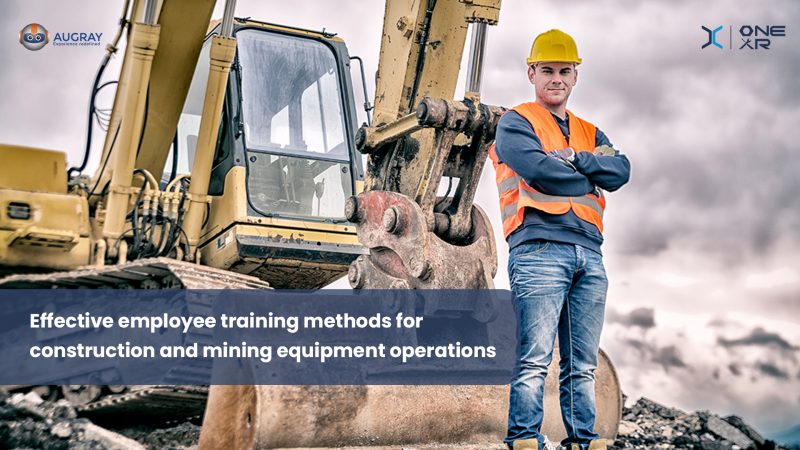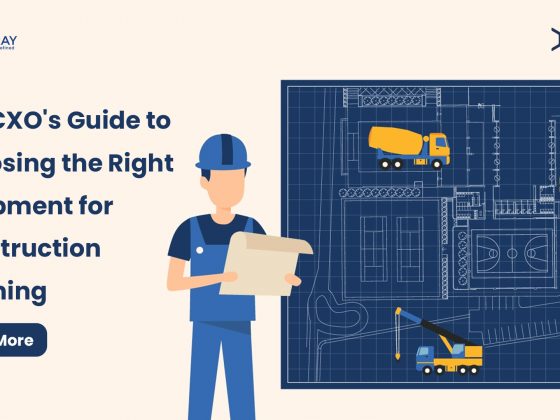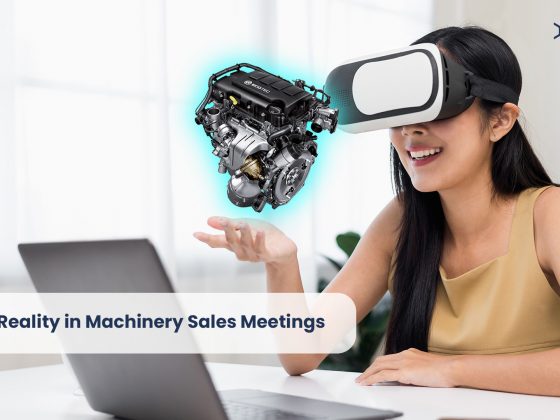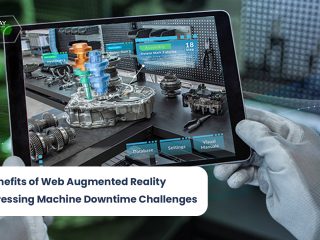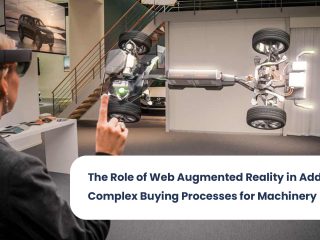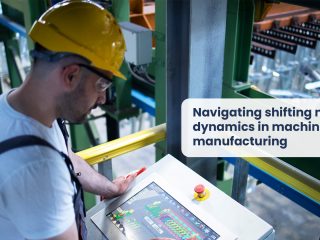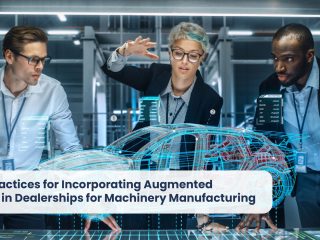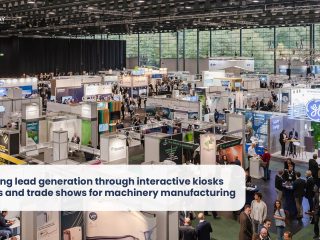Introduction:
In the fast-paced world of construction and mining equipment, machine downtime is a costly issue that can significantly impact productivity and profitability. Human error is often identified as a key reason for machine downtime, emphasizing the importance of comprehensive employee training.
Augmented reality (AR) has emerged as a game-changing technology that can revolutionize training programs in the industry. In this blog post, we will delve into the role of augmented reality in employee training for maintenance and troubleshooting in the construction and mining equipment sector.
The Costly Impact of Machine Downtime:
Machine downtime can result in substantial financial losses for companies in the construction and mining equipment industry. Major reasons for downtime include equipment malfunctions, maintenance errors, and improper operation. Human error stands out as a significant contributor, underlining the critical role of effective employee training.
The Importance of Employee Training:
Employee training plays a vital role in equipping workers with the knowledge and skills necessary to operate and maintain equipment efficiently. It is crucial for reducing human error, maximizing equipment uptime, and ensuring the safety of workers.
Well-trained employees understand proper maintenance protocols, can identify potential issues, and possess the troubleshooting skills to address problems promptly.
Utilizing Augmented Reality for Maintenance and Troubleshooting Training:
Augmented reality offers a transformative solution for employee training in the construction and mining equipment industry. By overlaying digital information onto the real-world environment, AR creates an immersive and interactive training experience.
Employees can engage in hands-on simulations, receive real-time feedback, and practice maintenance and troubleshooting procedures in a safe and controlled virtual environment.
Benefits of Augmented Reality in Employee Training:
Realistic Simulations:
Augmented reality enables employees to engage in realistic simulations of maintenance and troubleshooting scenarios. By replicating real-world conditions, AR allows trainees to practice their skills, refine their techniques, and build confidence in handling complex equipment.
A construction equipment manufacturer uses AR to create a virtual training environment where employees can simulate troubleshooting scenarios. Trainees can identify and rectify faults, understand the implications of different actions, and refine their problem-solving abilities.
Interactive Step-by-Step Guidance:
AR-based training modules provide interactive step-by-step guidance to employees, ensuring they follow correct procedures for maintenance and troubleshooting. Virtual overlays can offer visual instructions, highlight key components, and provide detailed information on proper techniques.
A mining company integrates AR into its training program for maintaining heavy machinery. Employees wear AR-enabled headsets and receive real-time instructions on inspection procedures, part replacements, and adjustments. Virtual annotations guide them through each step, ensuring accuracy and effectiveness.
Remote Assistance and Collaboration:
AR technology facilitates remote assistance and collaboration, enabling experts to guide employees in real-time, regardless of their physical location. This feature is particularly beneficial for companies with distributed teams or remote worksites.
A construction equipment rental company adopts AR for troubleshooting support. When field technicians encounter complex issues, they can connect with experienced technicians through AR-powered video calls. Experts can provide guidance, visually annotate the equipment, and assist in resolving problems effectively.
Improved Learning Retention:
The immersive nature of augmented reality training enhances learning retention compared to traditional methods. Trainees actively participate in the training process, leading to a better understanding of concepts and improved long-term memory.
A mining equipment manufacturer incorporates AR simulations to train employees on maintenance tasks. Trainees can visualize the inner workings of machinery, understand the cause and effect of actions, and retain knowledge through interactive experiences. This results in better recall and application of learned skills.
Conclusion:
Augmented reality is transforming employee training in the construction and mining equipment industry, particularly in maintenance and troubleshooting. By offering realistic simulations, interactive guidance, remote assistance, and improved learning retention, AR empowers workers with the expertise needed to minimize machine downtime and enhance operational efficiency.
Investing in AR-based training programs not only improves employee skills but also reduces costs associated with equipment failures. As the industry embraces the benefits of augmented reality, the future of employee training in construction and mining equipment is set to be immersive, effective, and transformative.
